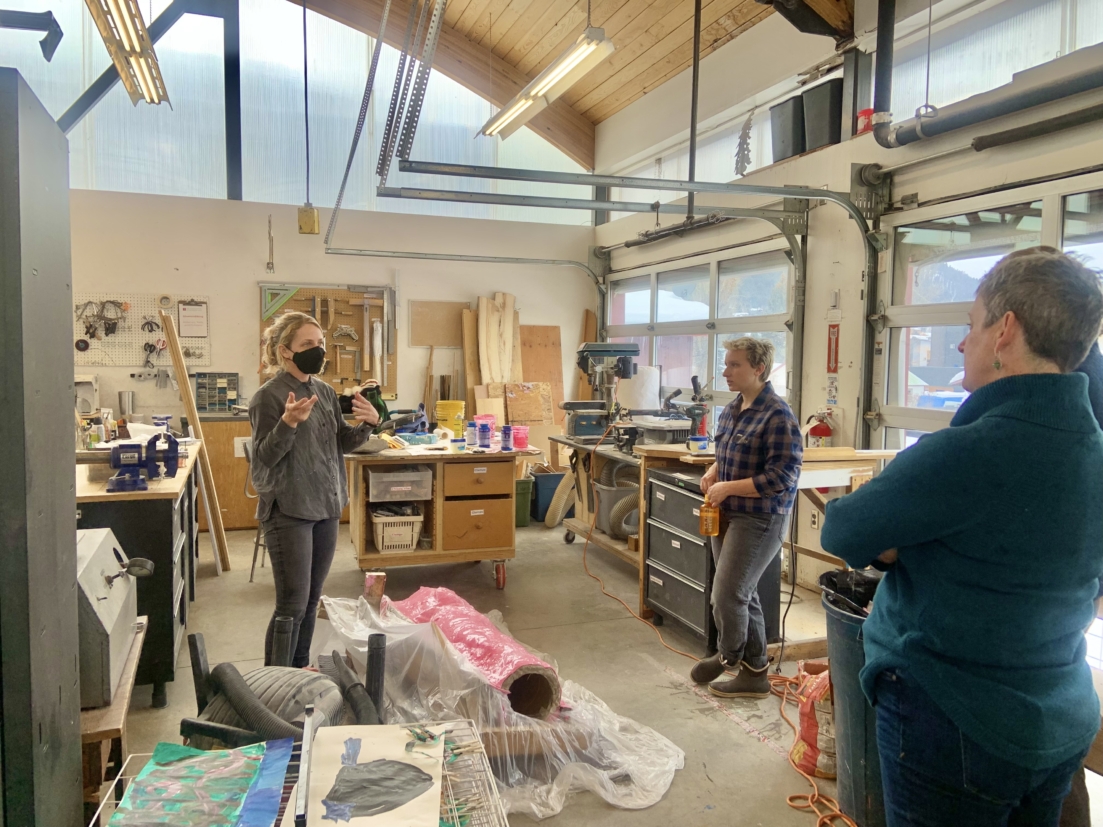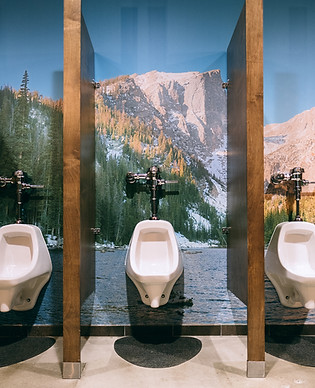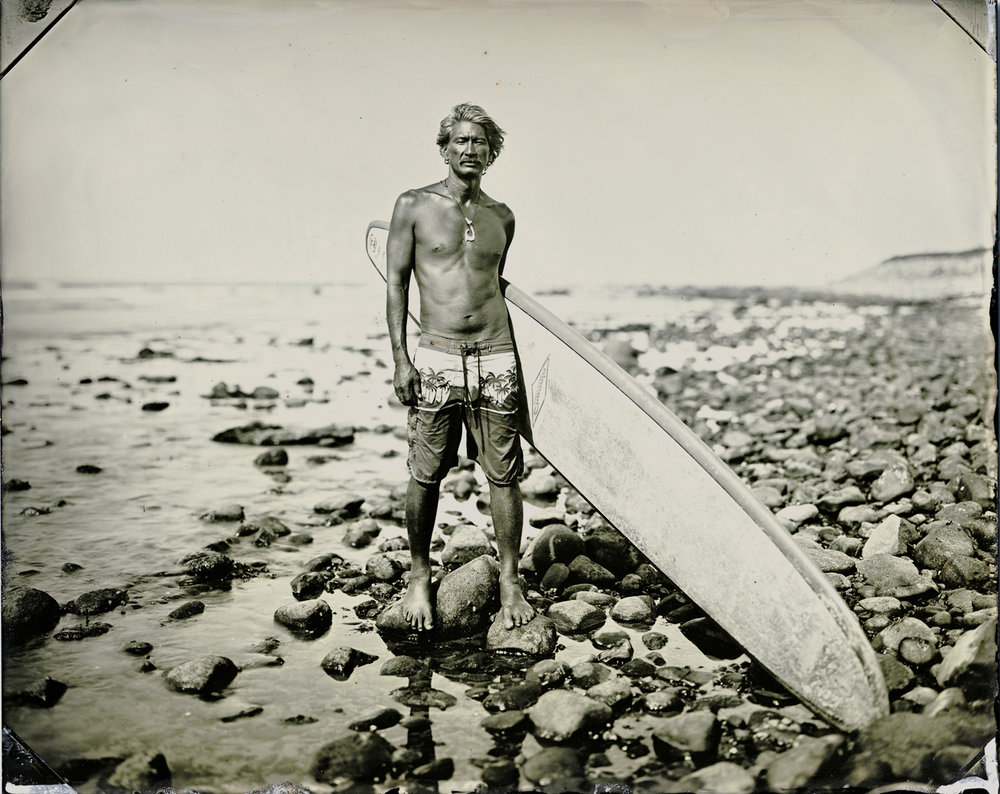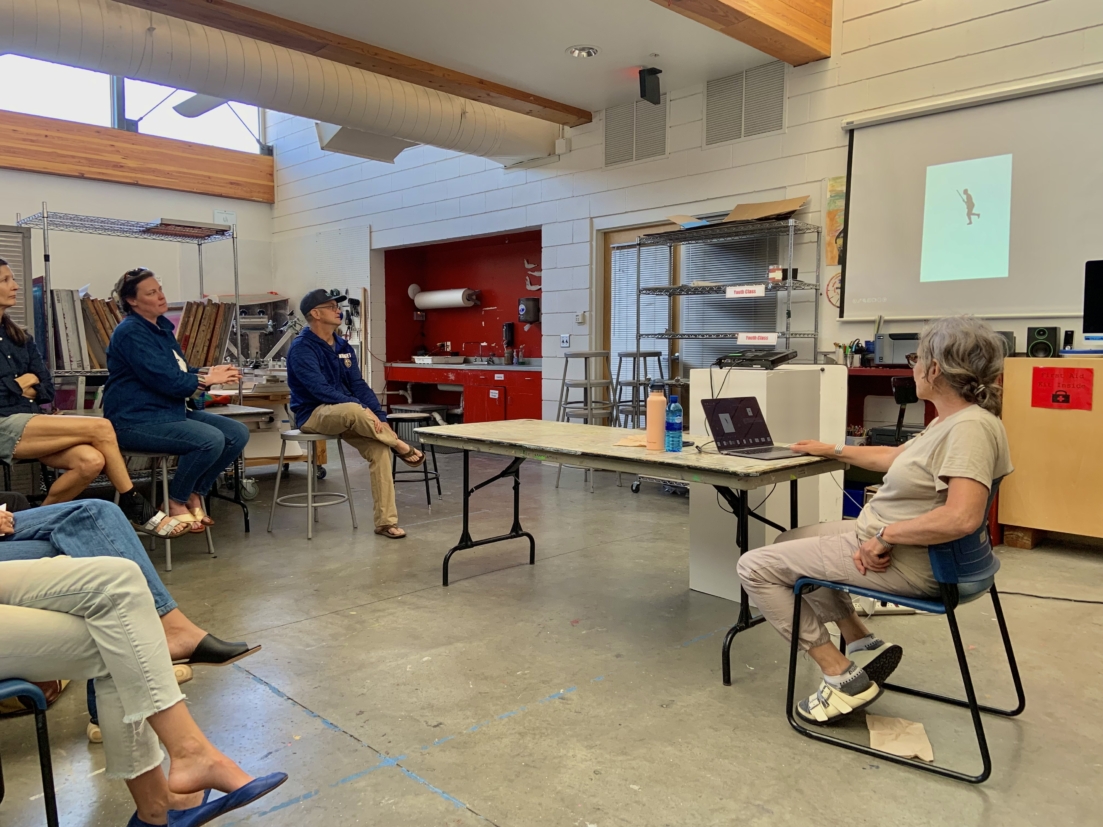Blog

Partnership with Teton ArtLab: Uncommon Artists
June 20, 2023
Jackson is a community that has a global influence with a local focus. Teton ArtLab, a project transformed into a nonprofit, has been around since 2008 and was founded by Travis Walker and Tristan Greszko. The project emerged as a way to provide affordable studio and exhibition space for artists in one of the nation’s most expensive locations. Their focus is both on the local and global scale. Teton ArtLab continues to provide studio spaces for artists. The organization distributes over $50,000 in stipends to artists they host from 27 states and 5 countries. These artists are given a room at the local Anvil Hotel. The Art Association of Jackson Hole has been partnering with Teton ArtLab in efforts to assist visiting artists and also to utilize their visit to provide unique art education to our Jackson community. So far this year, we have welcomed five visiting artists into our studios to work on projects and share their vision and processes with the public through a capstone artist talk. We are thankful for the successful partnership between Teton ArtLab and the Art Association, and the strengthening of both of our missions by working in collaboration. If you haven’t attended an artist talk, keep your eyes peeled for them next year! For now, check out the Uncommon Artist highlights below from some of the really unique and interesting folks we’ve met so far.
Katrin Schnabl perches on a stool wrapped in colorful fabrics and surveys the room behind light pink glasses. Behind her is a tall piece of fabric that moves ever so slightly from a mysterious undetectable breeze. Movement is key here. For Schnabl, movement is at the center of her work in visual arts and design. Schnabl grew up as a dancer in Frankfurt, Germany, then moved to New York where she honed her skills both on and off stage. She shifted her focus less towards the dancer themselves and more about what they wore, and how they wore it. It became imperative that the dancers’ movements were not inhibited by what they wore, but were enhanced. She took to designing elaborate outfits for performers that flowed with them rather than holding them back. Soon, she shifted towards fashion off the dance floor, and worked with renowned designers such as Jill Sanders and Caroline Herrera before launching her independent fashion label “Miche.Kimsa.” One of the most fascinating aspects of Schnabl’s work is that she doesn’t limit her designs to the body, she creates pieces that can stand alone as well as be worn. She motions to what she is wearing and explains that it hung as an art piece before she turned it into a wearable piece. Schnabl is fascinated with creating kinetic experiences, or experiences surrounding motion. She is enthralled with the intersectionality of everything, and views her textile art as being a “skin” of sorts. The human body is one of the inspirations for her work. Seeing the connections between different mediums and phenomena is a powerful insight for artists, and it is one that can open doors to new creative possibilities.
Nina Nichols is standing over a massive neon pink log in the middle of the studio. “It looks phallic, but I promise it’s not supposed to be,” she says half apologetically and half with a chuckle. Nichols fusses around the ambiguous object, pulling at the pink material that acts like a stretchy skin, revealing earthy wood beneath it with flecks of bark and dirt sloughing off. “There is a spider nest inside this tree, but it’s supposed to eventually be a home for squirrels.” All the spectators seem to eye the log a little more closely, expecting to see spiders emerging and running around the studio. This bright pink log is not any random craft – it is a carefully thought out project with immense meaning behind it. Nichols is a mold maker, who has made everything from rubber knives, concrete busts of philosophers, to foam blocks of fake cocaine. She started out as a prop maker for films, and ended up on the journey of her own exploration where her craft became an artform that took on its own meaning. She now creates large installations that she often describes as “monuments.” Nichols’ work is focused on ecocentric art making; honoring plants, animals, rivers, and much more. Nichols is as much an artist as she is an environmental advocate. She serves on the committee in her town in North Carolina dedicated to environmental health, and feels passionate about the issues surrounding the land degradation that results from cattle grazing. Much of the land in her home state of North Carolina is deforested, causing a reduction in squirrel habitat, which was an inspiration for this pink log project. The pinkness is just a cast for the final tree which will stand in sturdy cement. Nichols explains how she is trying to get away from using cement because it is one of the most destructive building materials one can use. She used to like using resin, but the dangers of it were revealed when two people in New Orleans died from repetitive inhalation over time. Nichols is dedicated to “gardening” her way through the challenges of climate change. “Gardening,” she describes, is an all-encompassing term that involves working with nature, not leaving a negative mark on the land, and slowing down to listen to the environment. Nichols works to “unbuild” herself and the things she creates by creating structures that will eventually return back to the earth, or be reclaimed by nature such as being inhabited by animals and insects or taken over by lichen and moss. Western ideas of property ownership dictate that one can do whatever they want on their property, but Nichols argues that we must think of the repercussions. Fallen structures can leach harmful chemicals into the soil and waterways, which has a far greater impact on plants, wildlife, and eventually humans as well. Nichols bought a partially burnt down house that was left in North Carolina, and is now making it her project to restore it and build a flora-filled haven in the basement, sustained by a tall structure in the center covered with mirrors to reflect sunlight downwards. This project is symbolic of the meaning behind Nichols’ work – to create something out of what nature is already providing us or that humans left behind, that will benefit the environment, animals, and the perspective of humans.
Alise Anderson perches on a stool, quietly waiting for everyone to settle into their seats. Behind her is a projection on a screen that looks like a scrapbook. Anderson moved to Salt Lake City, Utah during the start of the pandemic and never left. Her grandmother lived outside the city, and is a major influencer of her work. Anderson explains how her grandmother passed away in 2018, and left behind a whole collection of archives that include every movie her grandmother ever watched and journals of daily tasks she accomplished. Her grandmother also did countless needlepoint works, and left many as her “funeral gift” to loved ones after she passed away. Anderson was fascinated by her grandmother, and this translated into a collection of work in sculpture and other forms of art to try and share this very interesting life and the transition to death. The exhibit is called “my grandma is a meme,” aptly named because her grandmother is actually an internet sensation. Look up “grandmaflouge” to find a cute woman who is wearing the same color clothes as the chair she is sitting on. Anderson’s exploration of her grandmother’s life shows a unique perspective that wouldn’t normally be examined so closely and publicly. Her work shows us that curiosities, humor, and art can be found in surprising places.
Brian Foughy stands in front of the room with a projection of his face on the screen and “Who is this guy…” in a large font. This is a guy who loves the internet, words, and public restrooms. The internet is where he started his exploration of uninhibited creation. Originally from Massachusetts and now living in Denver, he has been working with code and design throughout his journeys. Foughy started off by creating websites where people could sign up to take him to the airport or to their family’s Thanksgiving when he couldn’t go home. He has built many websites such as an anonymous twitter website called “canttweetthis.com,” and a website for festival attendees that Brian says is “a venue for attendees and haters to vent about the happenings of the festival without having to own up to it.” He is currently working on projects in “collecting words,” where he takes photographs of signs or vandalism of words that stick out to him in a meaningful way. He found a French publisher who loved his idea, and together they created a book of these words and photographs. His greatest passion at the moment is urinals. He travels all around the country while working his remote advertising job, taking photographs of urinals that stand out to him. He says, “Urinals are beautiful and I want people to appreciate them.” What he really loves is the adventures that come with taking these photographs, such as the interesting conversations and connections with people at each location. In Denver, he started a project where he hung the photographs he took above each urinal. Next to the photographs is a QR code to invite men to share their experience while using that urinal, anonymously of course. Foughy explains that he loves showing work outside of galleries so that everyone can see it. Women may not be able to see his urinal photos or interact with them, but they can view a large collection in his book “occupied” which was also produced by the same French publisher. Foughy explains how he wants to show people how connected “human nature is with physical nature.” He says the forest draws us in just like the internet and food does. By taking photographs, he is trying to make these man made things more important and valued by people.
Joni Sternbach smiles at the front of the room as it fills with surfers. Yes, that’s right, surfers in the landlocked state of Wyoming who surf the various rivers around the Tetons. Sternbach is a photographer from the Bronx, New York who grew up trying to find her voice through the lens of a camera. She began by taking photos of her cousin Lana, then later her focus shifted to the ocean. The ocean has always felt like home to Sternbach, and she believes that drawing attention to our seas is becoming more important as global water issues increase. Her first emotions towards surfers was annoyance because they were invading her frame, but then she soon realized that she wanted them to totally encompass her shot. Her project called “Surfland” was born. She began taking photos of various surfers around the world using the collodion process, which results in a very striking image. Sternbach explains that this process of taking photographs has the “ability of capturing something essential” and leaves a lot up to “chance and spontaneity.” Since she develops all of her photos on site, she is exposed to the elements and has to take into consideration how the weather will impact her process. Sternbach took a surfing lesson or two, but she says that she is not a surfer. Sternbach might not regularly surf, but she is heavily involved in the surf culture and understands surfer’s needs to experience the sublime through this sometimes very extreme sport. Just like many people are obsessed with and romanticize the western cowboy culture, Sternbach claims that surfers are another identity that is exemplary of the idealism of a free and untamed life. Sternbach says that,“Living in the moment brings peace. I’m not sure if surfing brought me peace, but it brought purpose.”
Whether it is trying to save the planet through sculpture or finding beauty and laughter through the exploration of public restrooms, art is incredibly dynamic and each artist has their own unique vision. Through the Uncommon Artist residency program, we have met some incredible artists that each share their own fascinating perspective. Expanding perspective is the key to growth, and at the Art Association, we aim to foster an environment of growth and learning for our community. Thank you to the Teton ArtLab, all the fascinating visiting artists, and all members of our supportive artistic community here at the Art Association!


